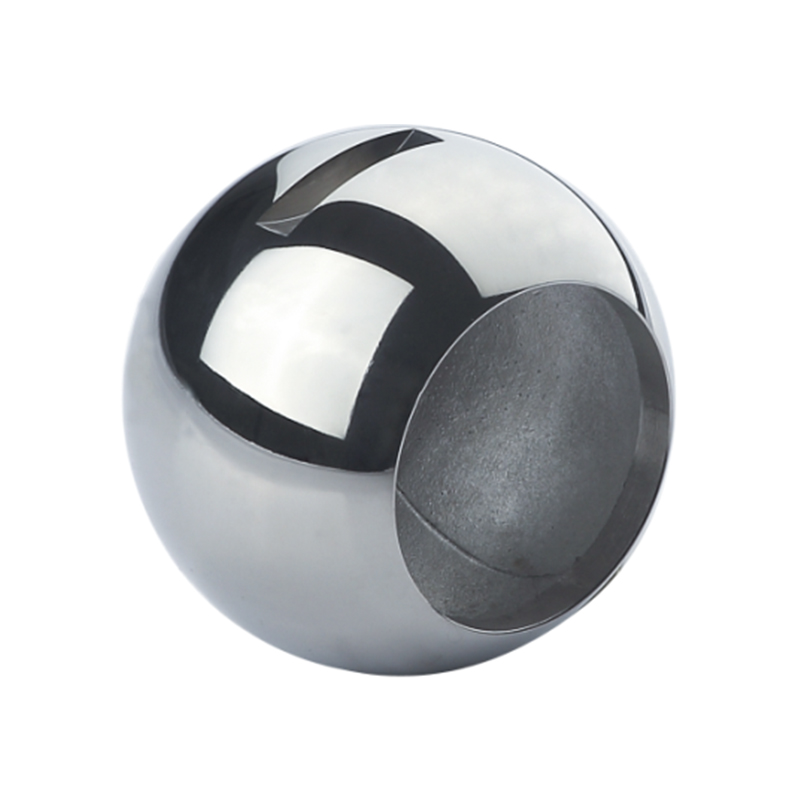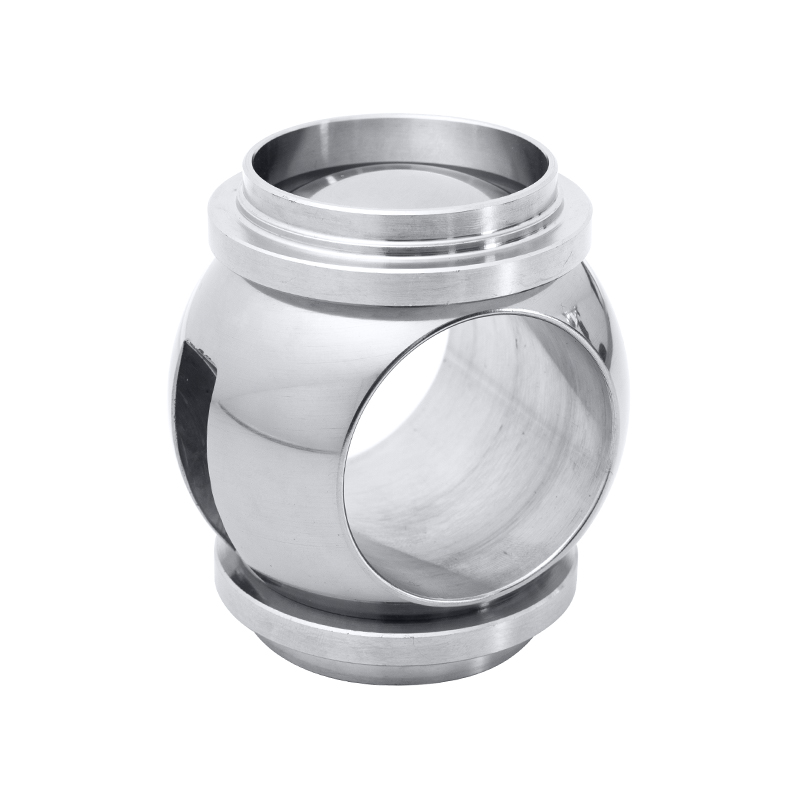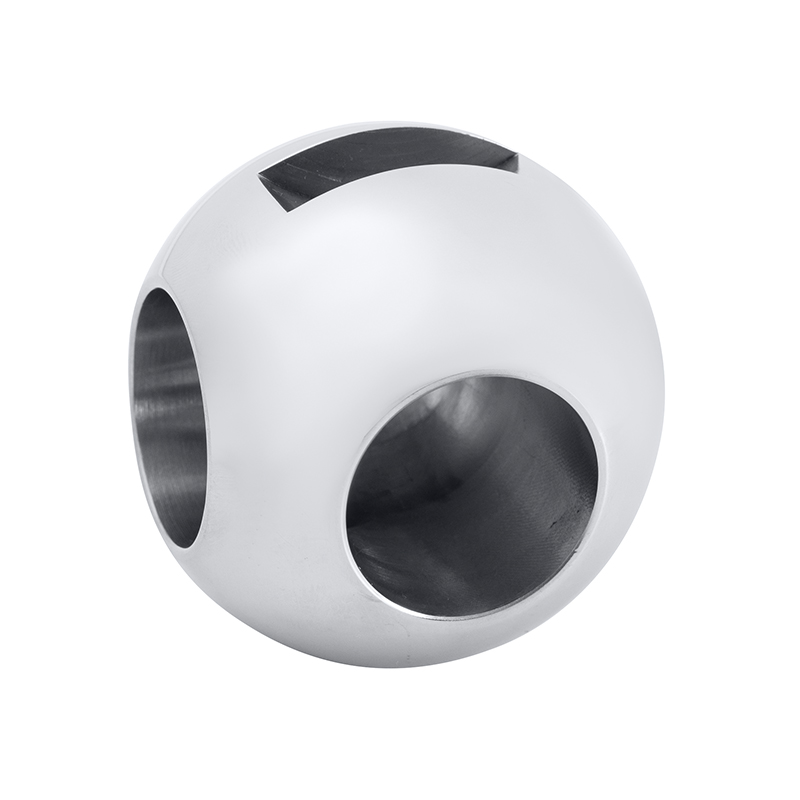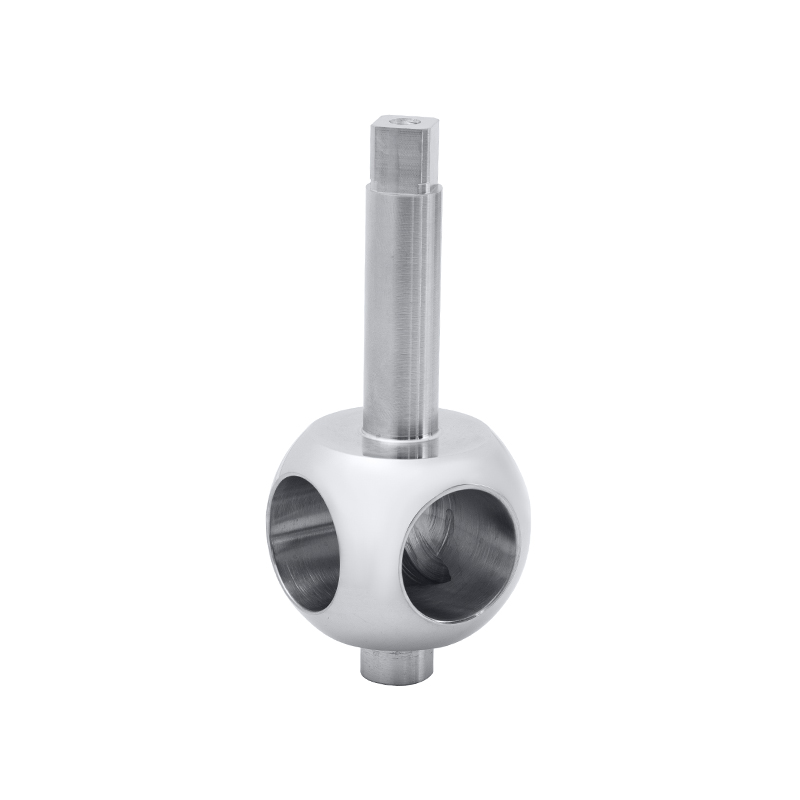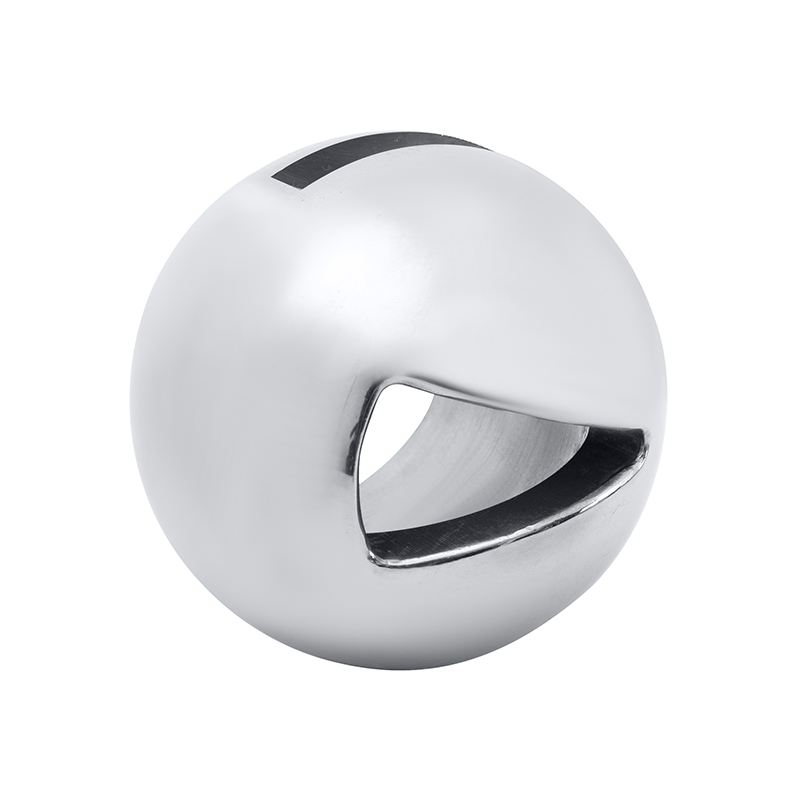The valve manufacturing sector continues to experience notable improvements driven by material science and precision engineering. Among the core components affected by this progress is the valve sphere, which plays a critical role in fluid control across industrial systems. With production techniques evolving steadily, these spherical elements now benefit from tighter tolerance control, reduced friction interfaces, and surface finishing that supports longer service cycles. This evolution is also influencing how the through valve operates in various configurations.
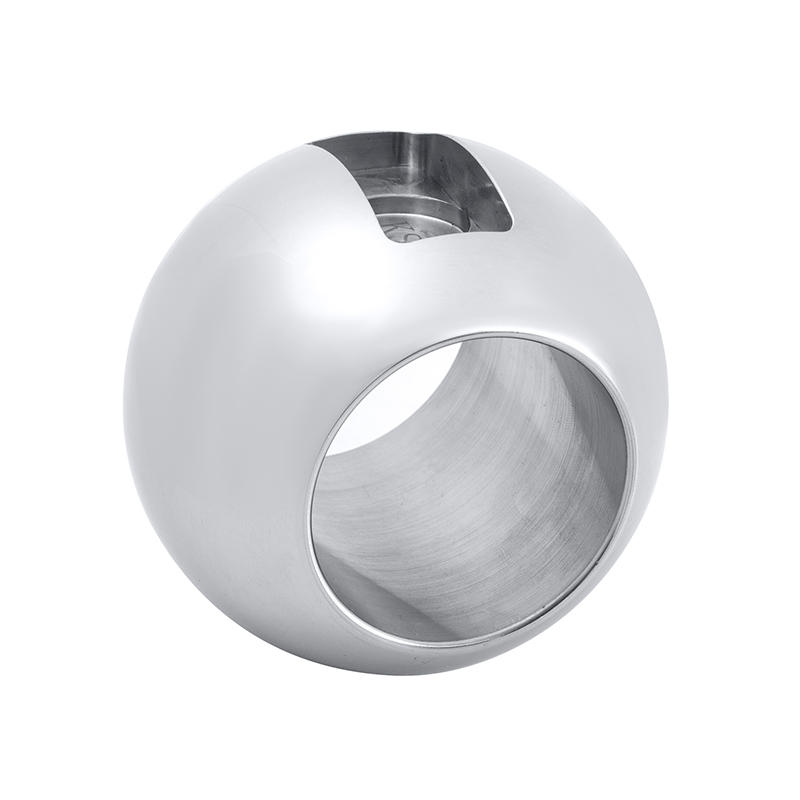
In many industrial pipelines, the through valve must maintain reliable flow paths while less turbulence and resistance. To achieve this, the geometric accuracy of the valve sphere becomes central. Manufacturers are now adopting CNC-based machining systems and laser-assisted measuring tools to enhance symmetry and surface consistency. These methods help reduce micro-defects, which in turn supports smoother rotation inside the through valve assembly.
Material selection is another domain where change is apparent. The traditional stainless and alloy steels used in valve sphere production are increasingly being replaced or supplemented with composite metals and engineered ceramics. These materials offer stable performance under high pressure and temperature variations, making them suitable for advanced through valve systems used in energy, chemical, and water treatment industries.
Heat treatment processes have also been redefined to support higher wear resistance in valve sphere components. Induction hardening, cryogenic cooling, and post-machining polishing are now commonly applied steps. These methods ensure that the valve sphere can maintain a consistent seal within the through valve body, even after extended cycles of opening and closing.
Design engineers are paying closer attention to the internal pathways of the through valve, aiming to optimize fluid dynamics. A well-crafted valve sphere supports this by ensuring uniform pressure distribution across the valve face. As a result, the actuation mechanisms require less torque, reducing mechanical strain and improving response time during operation.
Automation has further influenced the consistency of valve sphere output. Robotic arms with multi-axis articulation are used for repetitive processes such as grinding and lapping, ensuring each valve sphere conforms to the desired specifications. When integrated into a through valve, these uniformly shaped spheres contribute to predictable control behavior and reduced maintenance frequency.
Environmental regulations have also impacted production standards. Reduced emissions and lower energy consumption during valve sphere manufacturing are now focal points. Facilities have begun implementing closed-loop systems and recycling protocols, aligning with broader sustainability goals without compromising the functionality of the through valve mechanisms.
Digital modeling tools, such as CAD and finite element analysis, are being widely adopted to simulate fluid interaction within the through valve. These simulations depend on accurately modeled valve sphere dimensions to yield useful predictions. Adjustments made during the digital design phase can translate to meaningful improvements once physical production begins.
With market demand calling for greater consistency and compatibility across international standards, the integration of universal sizing for valve sphere products is becoming more common. This ensures that the same through valve assembly can be used in varying operational settings without the need for extensive recalibration or customization.
The precision and reliability of a valve sphere are no longer determined solely by traditional machining. Today’s manufacturing processes incorporate advanced materials, digital planning, and environmentally conscious practices. These developments, in turn, strengthen the overall performance of the through valve, reinforcing its role in essential industrial infrastructure.

 English
English Español
Español Deutsch
Deutsch
